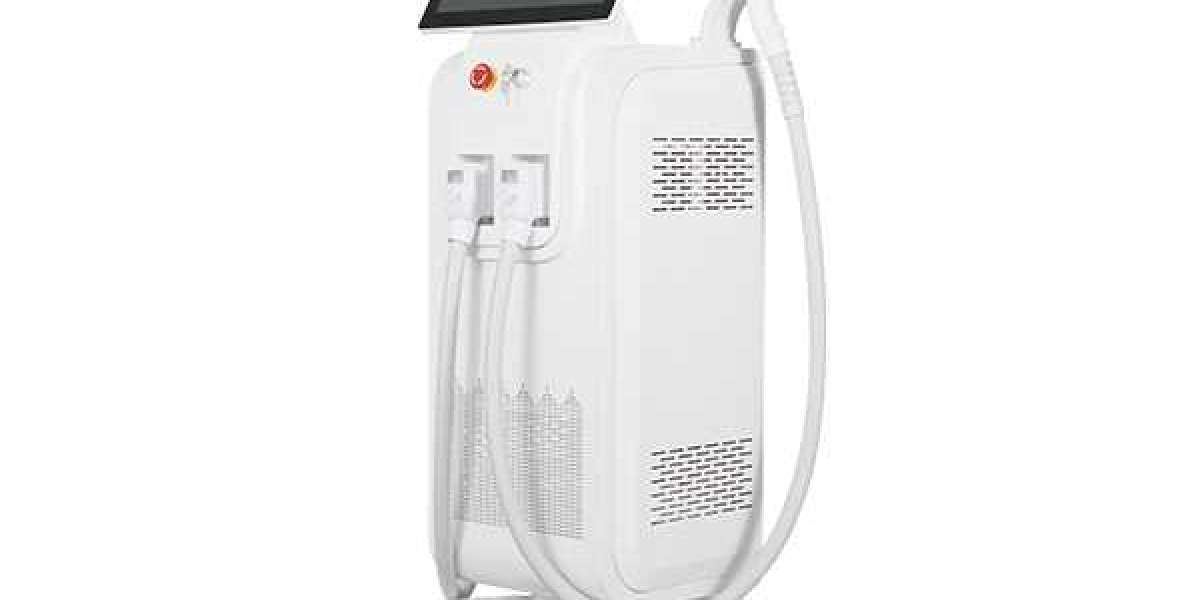A laser solution refers to the application of laser technology to solve specific problems or perform targeted tasks in various industries such as healthcare, manufacturing, communication, construction, and cosmetics. It encompasses a wide range of laser-based systems and tools tailored for specific functions like cutting, engraving, medical treatments, diagnostics, measurement, and more. These solutions harness the power of concentrated light beams for precision, speed, and efficiency.
How Does a Laser Solution Work?
Laser stands for Light Amplification by Stimulated Emission of Radiation. A laser emits a highly focused and coherent beam of light at a specific wavelength. Laser solutions are built by integrating laser sources with other systems such as optics, software, sensors, or robotic arms depending on the task.
The energy of the laser can:
Cut or melt materials (metal, plastic, glass)
Engrave or mark surfaces (branding, barcodes, art)
Treat or remove tissue (medical and cosmetic uses)
Measure distance or speed (in engineering or navigation)
Transmit data (fiber optics in telecommunications)
Key Applications of Laser Solutions
Medical and Aesthetic Solutions:
Laser surgery is used for precision cuts in delicate areas such as the eye (e.g., LASIK).
Laser skin treatments help in acne scar removal, pigmentation correction, and skin resurfacing.
Laser hair removal provides a long-term solution for unwanted body hair.
Industrial and Manufacturing Solutions:
Laser cutting machines are used for high-precision fabrication in automotive, aerospace, and electronics.
Laser welding systems join materials without the need for screws or glue.
Laser engraving and marking create permanent imprints for branding or identification on metals, plastics, and ceramics.
Construction and Measurement:
Laser levels and laser rangefinders provide accurate alignment and distance measurement on job sites.
3D laser scanning helps in architectural surveys and building modeling.
Telecommunications:
Laser signals transmitted via fiber optic cables form the backbone of high-speed internet and communication systems.
Scientific Research and Defense:
Laser spectroscopy and laser-induced fluorescence are used in chemical analysis.
Military-grade laser systems include targeting, rangefinding, and even directed-energy weapons.
Advantages of Laser Solutions
High Precision: Offers micrometer-level accuracy.
Non-contact Process: No mechanical wear or tool damage.
Efficiency: Speeds up production and reduces human error.
Versatility: Applicable across diverse industries.
Clean Technology: Produces less waste compared to traditional methods.
Considerations and Safety
Despite their benefits, laser solutions require careful handling. High-powered lasers can pose risks such as:
Eye injuries
Skin burns
Fire hazards
Proper safety gear (glasses, shields) and certified training are essential when operating industrial or medical-grade laser systems.
Conclusion
A laser solution is not just a single device but a complete approach to problem-solving using laser technology. From cosmetic clinics to cutting-edge factories, laser solutions provide reliable, precise, and efficient performance tailored to specific tasks. As laser innovation continues to evolve, these solutions are becoming more accessible, smart, and integrated across all sectors of life and industry.








